Scalability and elasticity are often used interchangeably (and wrongly so). While these two processes may sound similar, they differ in approach and style.
Before you learn the difference, it’s important to know why you should care about them. If you’re considering adding cloud computing services to your existing architecture, you need to assess your scalability and elasticity needs. For this, you should know how they differ and work.
First, you’ll effectively understand your business needs and use cases, especially if your infrastructure needs constantly change. Second, cloud engineers, chief information officers (CIOs), and IT managers can drive informed decision-making, encapsulating key performance indicators (KPIs) such as cost, security, and reliability in two key scenarios:
- When your IT department wants to expand or contract resources and services based on current needs
- When you wish to opt for the pay-as-you-grow model to scale performance and resources to meet the existing service-level agreements (SLAs)
This guide covers everything you need to know about the key differences between scalability and elasticity. Let’s get started.
What is cloud elasticity?
Cloud elasticity is a system’s ability to increase (or decrease) its varying capacity-related needs such as storage, networking, and computing based on specific criteria (think: total load on the system).
Simply put, elasticity adapts to both the increase and decrease in workload by provisioning and de-provisioning resources in an autonomous capacity.
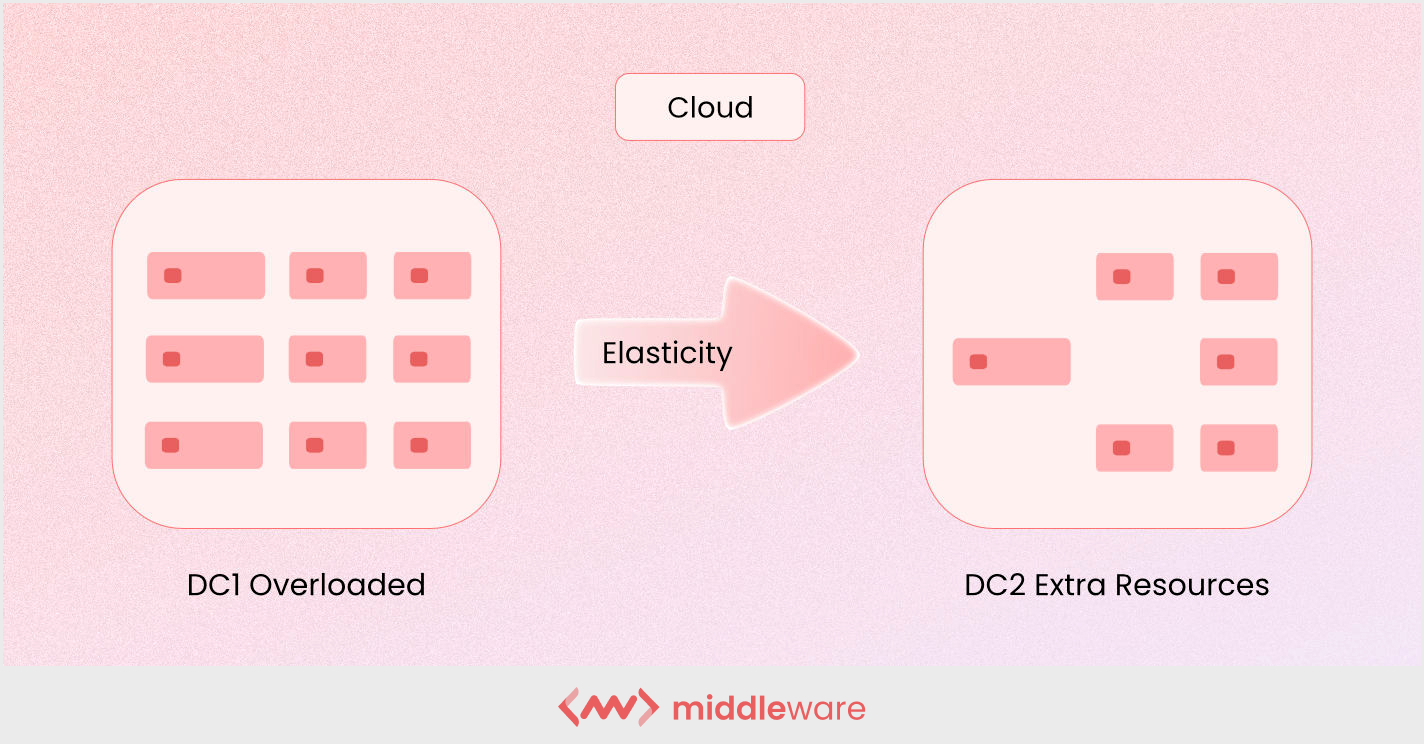
Here are some of its distinctive characteristics:
- Matches the allocated resources with the actual resources in real-time
- Widely used in e-commerce and retail, software as a service (SaaS), DevOps, mobile, and other cloud environments with ever-changing infrastructure demands
Example of cloud elasticity
As mentioned earlier, cloud elasticity refers to scaling up (or scaling down) the computing capacity as needed. It basically helps you understand how well your architecture can adapt to the workload in real time.
For example, 100 users log in to your website every hour. A single server can easily handle this volume of traffic. However, what happens if 5000 users log in at the same time? If your existing architecture can quickly and automatically provision new web servers to handle this load, your design is elastic.
As you can imagine, cloud elasticity comes in handy when your business experiences sudden spikes in user activity and, with it, a drastic increase in workload demand – as happens in businesses such as streaming services or e-commerce marketplaces.
Take the video streaming service Netflix, for example. Here’s how Netflix’s architecture leverages the power of elasticity to scale up and down:
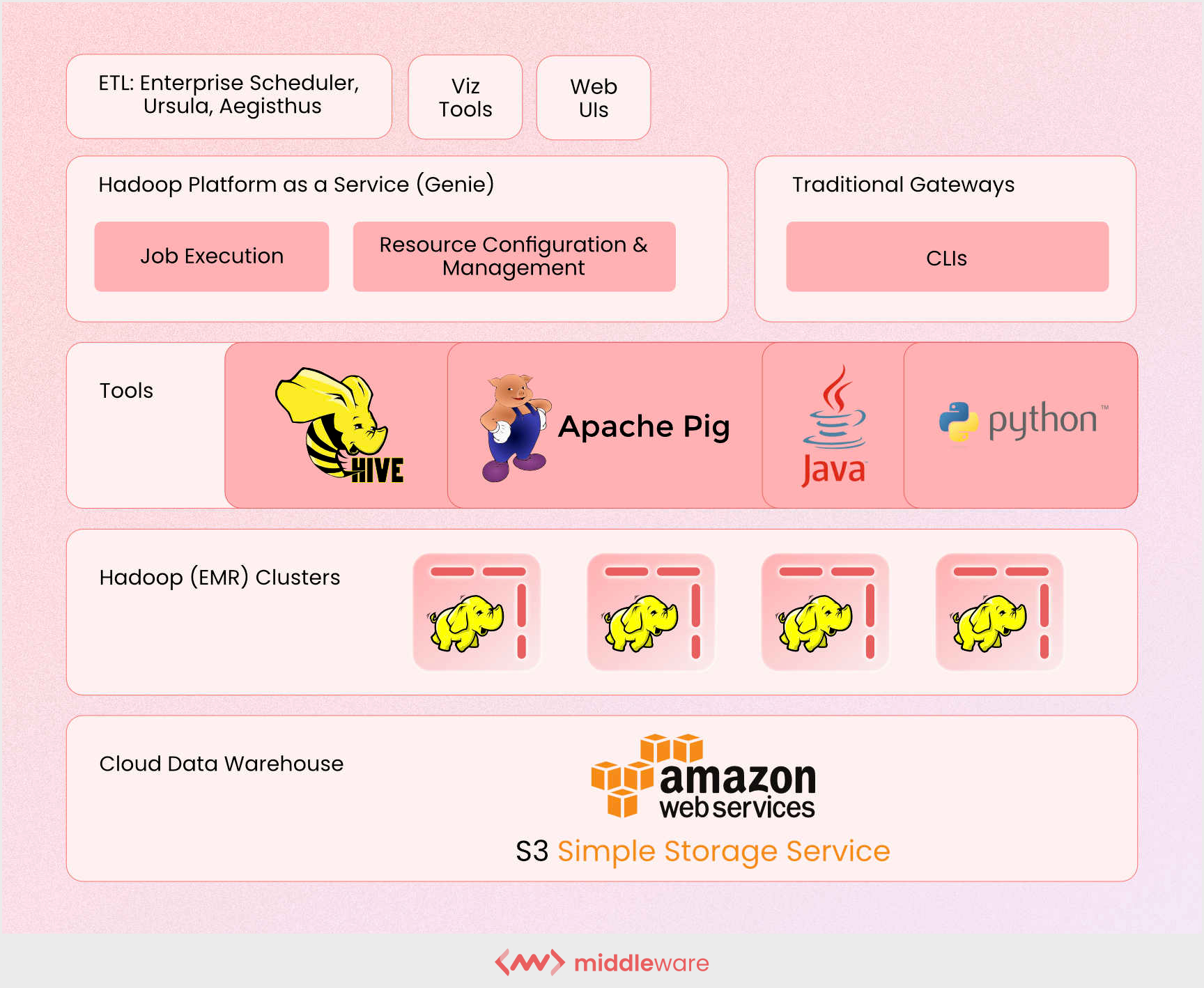
What is cloud scalability?
Cloud scalability only adapts to the workload increase through the incremental provision of resources without impacting the system’s overall performance. This is built in as part of the infrastructure design instead of makeshift resource allocation (as with cloud elasticity).
Below are some of its main features:
- Typically handled by adding resources to existing instances, also known as scaling up or vertical scaling, or by adding more copies of existing instances, also known as scaling out or horizontal scaling
- Allows companies to implement big data models for machine learning (ML) and data analysis
- Handles rapid and unpredictable changes in a scalable capacity
- Generally more granular and targeted than elasticity in terms of sizing
- Ideal for businesses with a predictable and preplanned workload where capacity planning and performance are relatively stable
Example of cloud scalability
Cloud scalability has many examples and use cases. It allows you to scale up or scale out to meet the increasing workloads. You can scale up a platform or architecture to increase the performance of an individual server.
Usually, this means that hardware costs increase linearly with demand. On the flip side, you can also add multiple servers to a single server and scale out to enhance server performance and meet the growing demand.
Another good example of cloud scalability is a call center. A call center requires a scalable application infrastructure as new employees join the organization and customer requests increase incrementally. As a result, organizations need to add new server features to ensure consistent growth and quality performance.
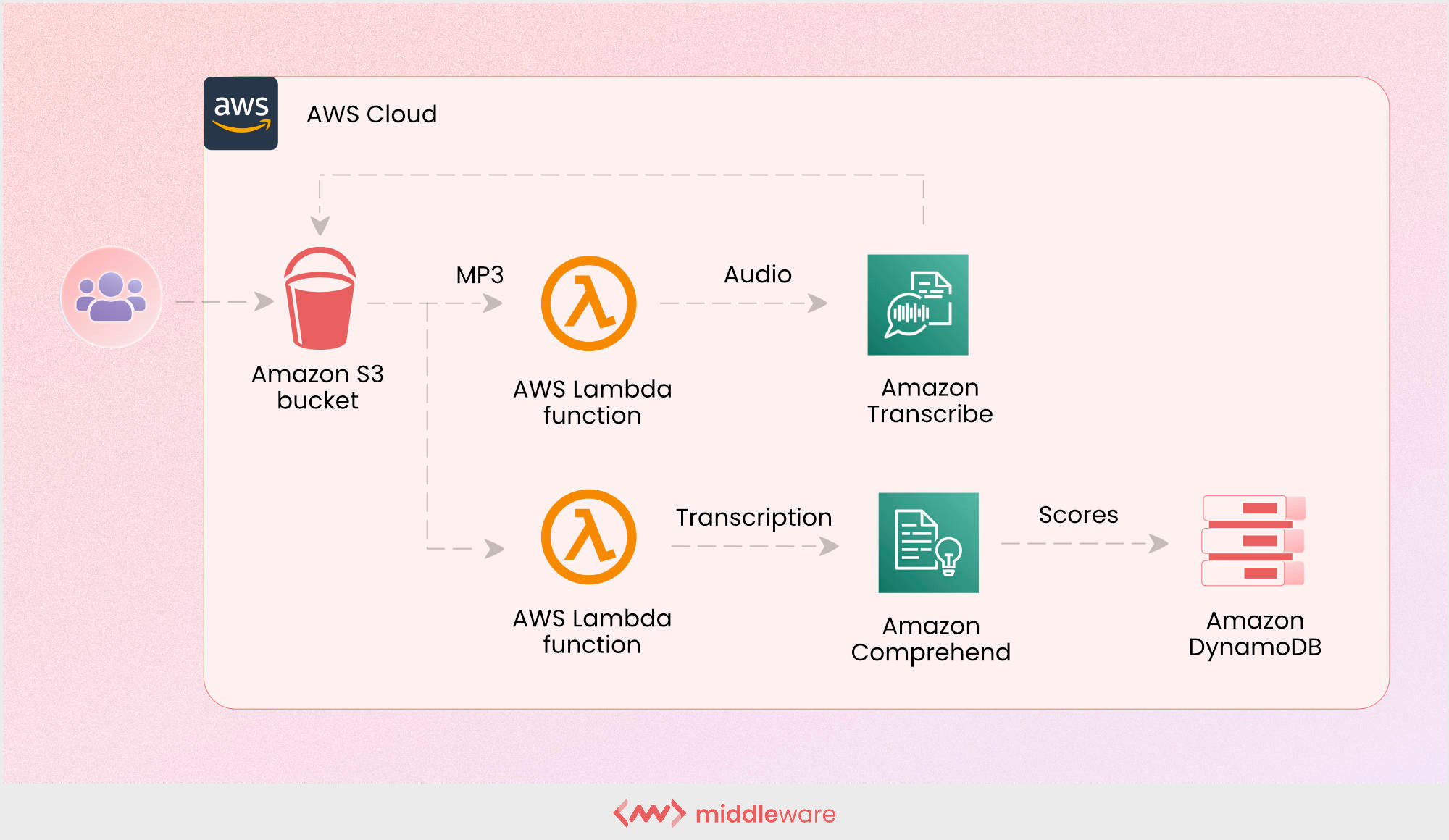
Scalability vs. elasticity: A comparative analysis
Scalability and elasticity are the two sides of the same coin with some notable differences. Below is a detailed comparative analysis of scalability vs. elasticity:
| Scalability | Elasticity |
| Refers to a software system’s ability to scale up or scale out while processing a higher workload on the current or additional hardware resources without interrupting services or impacting performance | Refers to the hardware layer, also known as cloud infrastructure, to increase or decrease physical resources without physical service interruption |
| Describes the characteristics of a software architecture related to the provision of a higher workload | Describes the characteristics of the physical layer related to hardware budget optimizations |
| Strengthens the hardware with additional nodes and increases the performance of a single computing resource or a group of computer resources | Adjusts the resources to accommodate dynamic scaling needs – the ability of your resources to scale according to specified criteria |
| The existing resources may increase to meet the future demands | The available resources correspond to the current demands, essential for cloud environments where you pay-per-use, not for resources you don’t currently need |
| Empowers companies to meet the demand for services with long-term, strategic needs | Empowers companies to meet unexpected changes and short-term, tactical needs |
| Elasticity is not required for scalability | Scalability is required for elasticity |
| Handles the increase or decrease in resources according to the system’s workload demands and doesn’t need to be automated | Handles the increase or decrease in resources as needed to automatically or dynamically meet current needs |
| More easily deployed in private cloud environments | Scalability is required for elasticity |
Types of scalability: An overview
Typically, there are three types of scalability:
1. Vertical scaling (scaling up)
This type of scalability is best-suited when you experience increased workloads and add resources to the existing infrastructure to improve server performance. If you’re looking for a short-term solution to your immediate needs, vertical scaling may be your calling.

2. Horizontal scaling (scaling out)
It enables companies to add new elements to their existing infrastructure to cope with ever-increasing workload demands. However, this horizontal scaling is designed for the long term and helps meet current and future resource needs, with plenty of room for expansion.
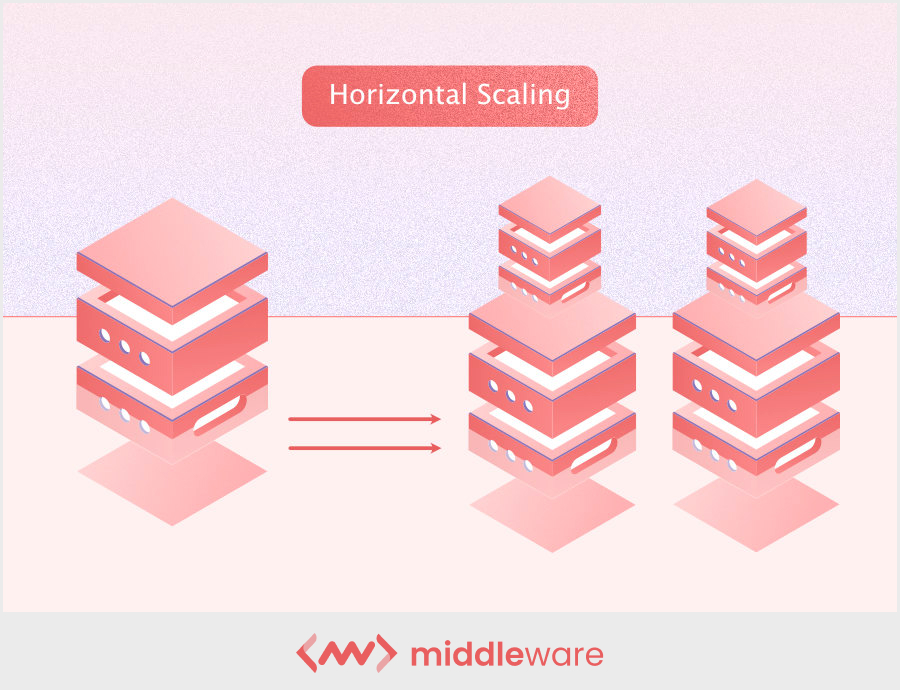
3. Diagonal scaling
Diagonal scaling involves horizontal and vertical scaling. It’s more flexible and cost-effective as it helps add or remove resources as per existing workload requirements. Adding and upgrading resources according to the varying system load and demand provides better throughput and optimizes resources for even better performance.
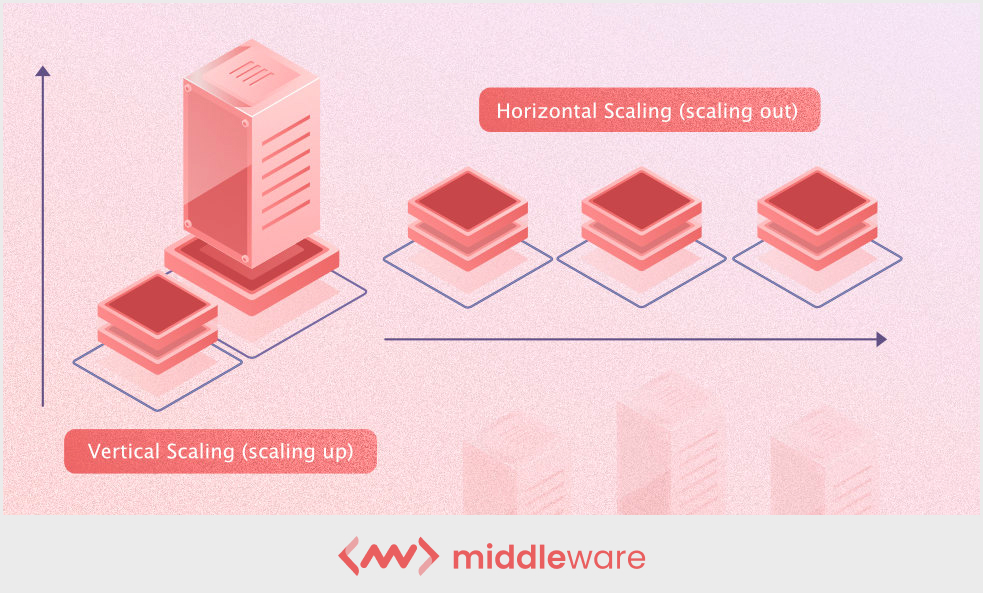
The bottom line
Scalability and elasticity represent a system that can grow (or shrink) in both capacity and resources, making them somewhat similar. The real difference lies in the requirements and conditions under which they function.
Scalability is largely manual, planned, and predictive, while elasticity is automatic, prompt, and reactive to expected conditions and preconfigured rules. Both are essentially the same, except that they occur in different situations.
Scaling your resources is the first big step toward improving your system’s or application’s performance, and it’s important to understand the difference between the two main scaling types. Learn more about vertical vs. horizontal scaling and which should be used when.



